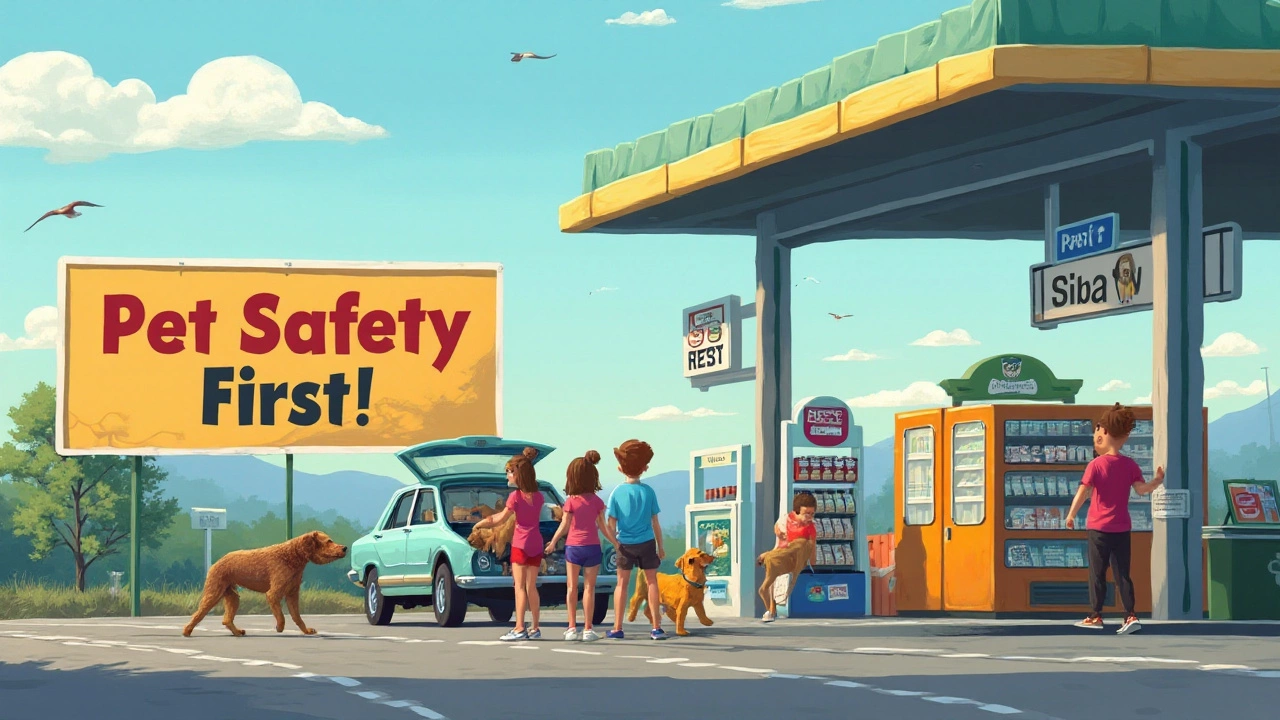Dogs in Cars: Simple Ways to Keep Your Pup Safe and Happy on the Road
Ever wondered why some dogs stare out the window like it’s a movie screen while others curl up and nap? The difference is usually how safe they feel. When a dog is properly secured, the ride becomes a calm, enjoyable experience for both of you. Below are the no‑nonsense steps you can take right now to make every car trip safer and less stressful.
Choosing the Right Restraint System
The first rule is: never let a dog roam loose in the cabin. A loose pet can become a projectile in a sudden stop, endangering everyone. The three most popular options are a crash‑tested harness, a sturdy crate, and a seat‑belt tether. A harness that attaches to the car’s seat belt spreads force across the dog’s chest and shoulders, reducing injury risk. Look for models labelled “DOT approved” – these have passed real crash tests.
If your dog prefers a den‑like space, a metal or high‑quality plastic crate that fits your car’s back seat works wonders. The crate should be tall enough for your dog to stand, turn around, and lie down comfortably. Secure the crate with a seat belt or the built‑in latch to keep it from sliding.
For short trips, a simple tether that clips to the seat belt can be enough, but only if your dog is already trained not to jump out. Remember, the tether must be short enough to prevent the dog from reaching the front seat or the driver’s legs.
Calm Your Dog During the Drive
Even the best restraint won’t help if your dog is terrified of the car. Start by making the vehicle a positive place. Leave a favorite blanket or a chew toy in the back seat and let your dog explore while the engine is off. Short, frequent rides to the park or the grocery store can build confidence without overwhelming them.
If your pup gets anxious, try a calming spray or a pheromone diffuser that you can clip onto the headrest. Some owners swear by a snug, breathable calming wrap that mimics a hug. Keep the windows slightly open for fresh air, but never let a dog stick its head out – safety first.
Never feed your dog a big meal right before a trip. A light snack an hour before you leave reduces the chance of motion‑sickness. If you notice your dog starts to drool or whine, pull over safely, give them a water break, and let them stretch.
Finally, run a quick pre‑trip checklist: harness or crate secured, windows at a safe level, water bottle within reach, and your phone set to “Do Not Disturb” so you stay focused on the road. With these habits, you’ll turn car rides from a source of stress into a fun part of the day.
Whether it’s a quick drive to the vet or a weekend road trip, keeping your dog safe in the car is just common sense and a few easy steps. Grab the right gear, practice calm introductions, and you’ll both enjoy the journey as much as the destination.
Posted By Bryndle Redding On 28 Jan 2025 Comments (0)
Understanding Dog Safety Laws: Leaving Dogs in Cars
With many states in the U.S. implementing laws against leaving dogs in cars, it's essential for dog owners to be informed as they plan their travels. These laws are designed to protect pets from extreme temperatures and neglect. This article provides insights into the states where such laws exist and offers useful advice for ensuring your furry companion's safety during road trips. It also includes tips for what to do if you see a dog left alone in a car.
READ MORE